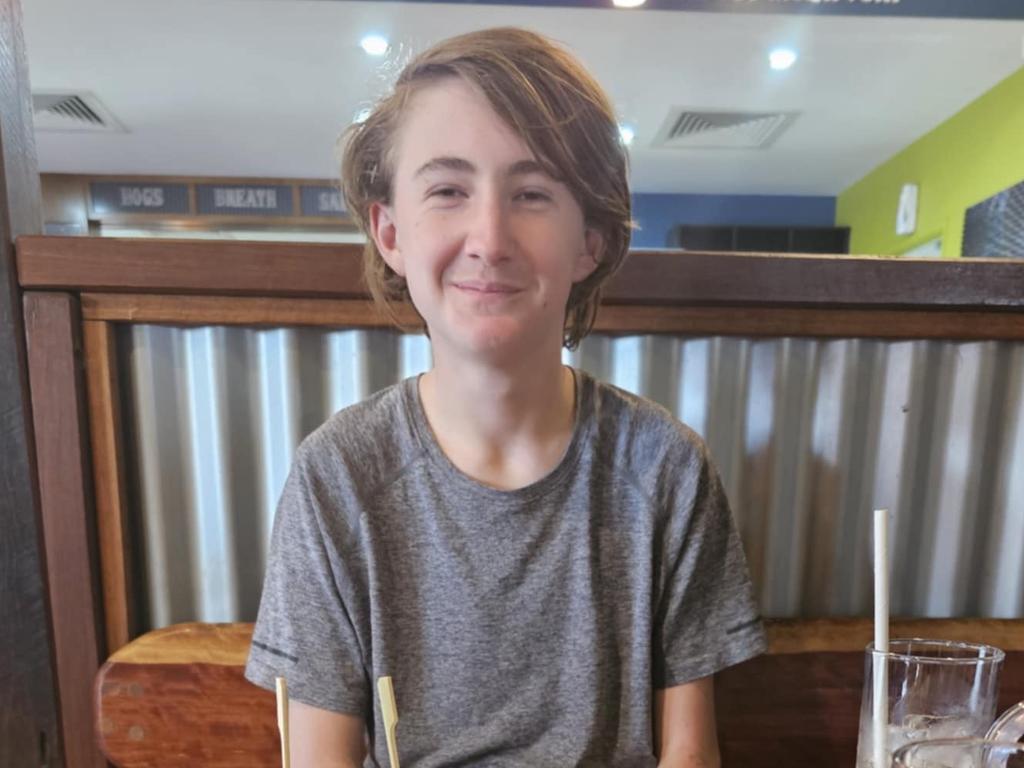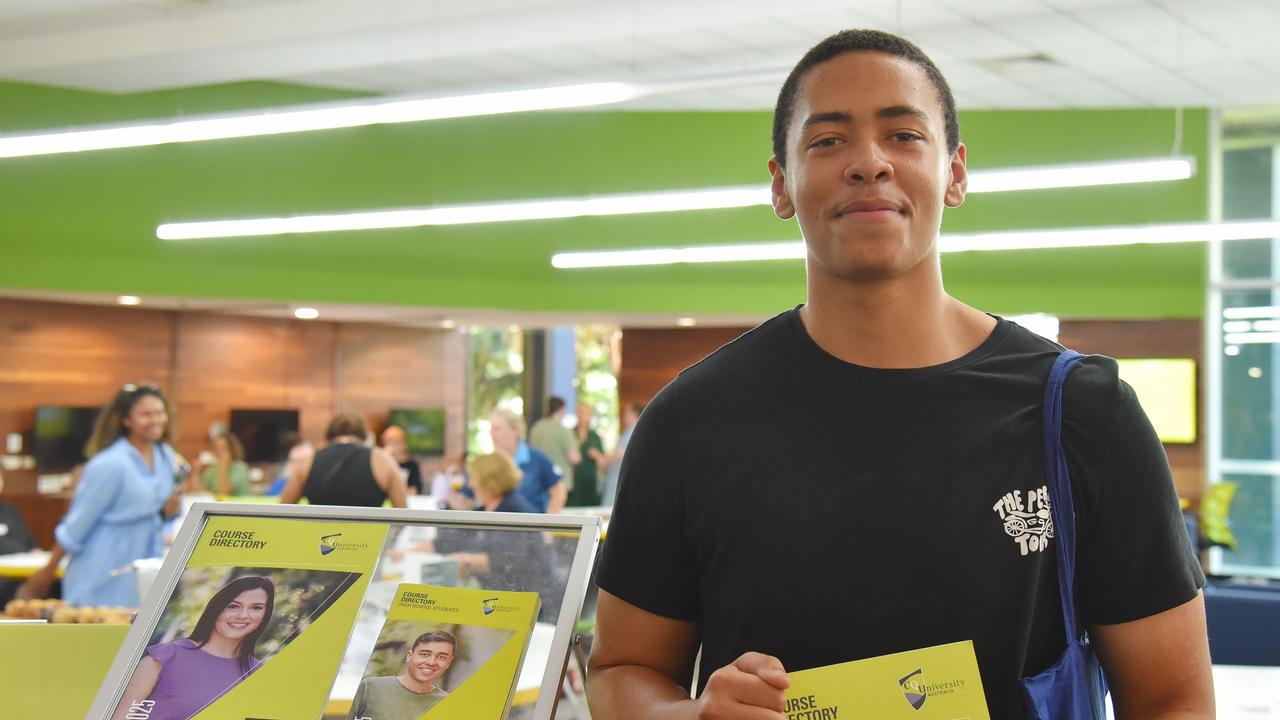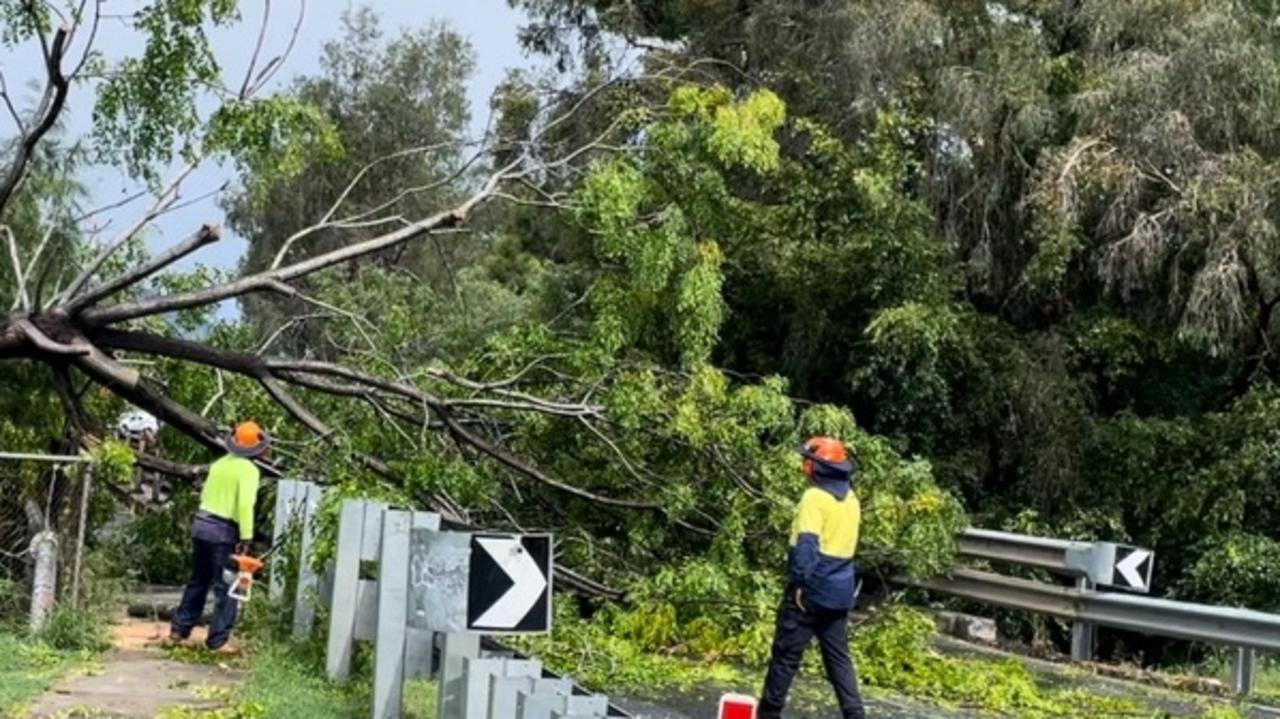Ambulance officers warns they are seeing more snake bites
A Qld mum who survived a suspected eastern brown snake bite has told how her eldest child calmly called triple-0 before she was rushed to hospital where she underwent blood tests every four hours following her ordeal.
Community News
Don't miss out on the headlines from Community News. Followed categories will be added to My News.
A Central Queensland mother has praised the bravery of her children and the health professionals who helped her when she received a potentially deadly bite from an eastern brown snake.
This year will be one Hannah Crompton never forgets, surviving a “dry bite” she received at her Calliope home only 30 hours into 2025.
Ms Crompton was filled with pride in how her children responded to the crisis, saying they were very brave when it happened.
“My eldest immediately rang triple-0 and was very calm,” she said.
Ms Crompton said she felt “extremely lucky and thankful for the paramedics” who rushed her to Gladstone Hospital.
She was monitored in hospital for 24 hours, and received blood tests every four hours and had hourly observations.
Ms Crompton described the nurses, doctors and paramedics as “amazing”.
“I was pretty worried about the situation but they reassured me and my family and explained everything so clearly,” she said.

Experts have urged Central Queenslanders to stay snake-safe this summer after three snake bites in Gladstone in less than a week.
On January 3, paramedics were called to a private residence at East End – a rural locality in the Gladstone region, at 7.13pm where a man in his 60s was reportedly bitten on the finger by a snake.
The following morning, paramedics were called to the address Ms Compton was bitten in Calliope at 6.14am.
The next incident occurred on January 7, where a man in his 30s was bitten at a home in Toolooa at 11.39pm.
All three patients were transported to Gladstone Hospital for treatment.
These three incidents come less than two months after tragic loss of 16-year-old Gladstone boy Beau Horan (pictured).
Beau was bitten on the foot by a brown snake on November 25 at his family home in Wurdong Heights, south of Gladstone.

There are a range of highly venomous species which occupy the Central region of our state, including taipans and eastern brown snakes.
Queensland Ambulance Service Rockhampton acting operations supervisor Joseph O’Donnell said snake bite numbers in Central Queensland had increased in the past four months.
“In Central Queensland, we have seen a rise in snake bites coming over the summer period – six bites in October, 12 in November and 16 in December,” he said.
Mr O’Donnell cautioned against interacting with snakes at home or in the bush, and advised locals to err on the side of caution when assessing potential bite incidents.
“Avoid snakes – if you see a snake, leave it alone,” he said.
“We assume every snake bite is a venomous bite.
“Symptoms can vary – it can be gastro-like symptoms with nausea, vomiting and diarrhoea, and significant pain at the site can occur.”
Mr O’Donnell also provided advice for outdoor enthusiasts and hikers, advising avid bushmen against adventuring barefoot or in shorts.
“Most snake bites are to the lower limbs … always wear boots and long pants when you are out and about in the scrub,” he said.
“Symptoms can vary – it can be gastro-like symptoms with nausea, vomiting and diarrhoea, and significant pain at the site can occur.”

Australian Reptile Academy snake expert Dr Christina Zdenek said people interfering and interacting with snakes was often a contributing factor in bites.
“There is a 14 per cent to 50 per cent increase in the chance of a snake bite when people are trying to interact with them – whether that be to try and kill it, or to remove it themselves,” she said.
“Don’t interact with them – people consistently underestimate the speed of our Australian snakes.
“You need extreme expertise to handle and identify snakes.”

Dr Zdenek strongly discouraged the culling of snakes by homeowners and farmers.
“They’ve been here many more millions of years than humans have … we should see snakes as our ally – they are a free, natural, ecosystem-benefiting source of vermin control (by eating rats and mice),” she said.
A study of envenoming injury trends from 2000 to 2013 found that snake bites composed only 15 per cent of hospitalisations relating to bites from poisonous animals – less common that envenoming from hornets, wasps, bees and spiders.
Originally published as Ambulance officers warns they are seeing more snake bites






